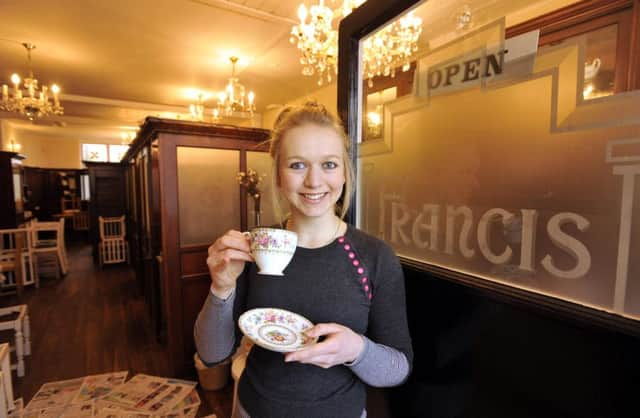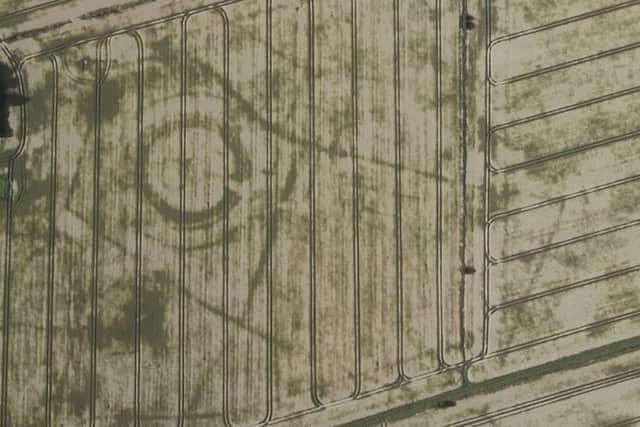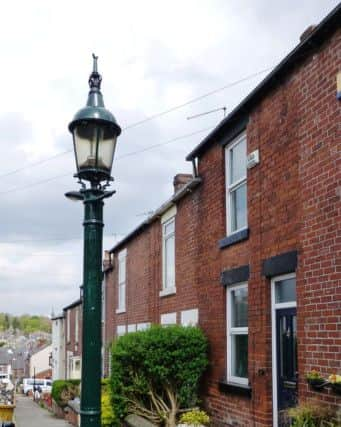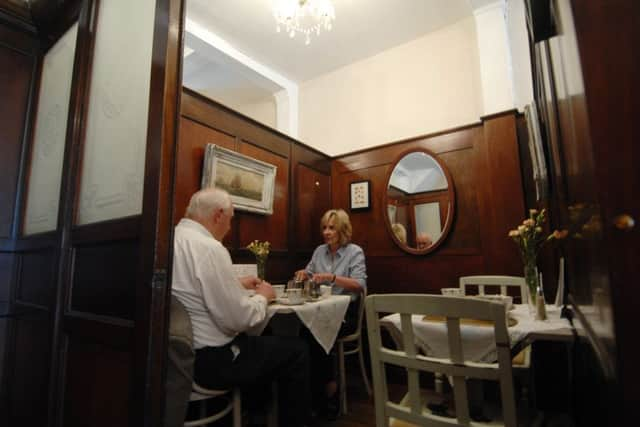Little corners of Yorkshire that are now national treasures


Government heritage body Historic England has published some of the highlights of the 510 new listings in the past year, including more than a dozen in Yorkshire.
They range from prehistoric sites which have become scheduled monuments, such as the traces of a Neolithic henge in the East Riding, to heritage from the 20th century including the former Wing headquarters at Greenham Common where nuclear cruise missiles were stored.
Advertisement
Hide AdAdvertisement
Hide AdA rare “gas destructor” lamp, on Stewart Road, Sheffield, once one of over 80 in the hilly city, used to vent methane and stagnant gases which could otherwise prove explosive, has been given grade 11 listing.


Meanwhile traces of a Neolithic henge, at Northorpe, near Hornsea, which was only recently identified in an aerial survey, has also been given special protection.
A circular space with a ditch and a bank on the outside, it has been flattened by years of ploughing and was only visible as dark crop marks from the air.
Henges are thought to have been used for ritual purposes, and sometimes have burials on the inside.
Advertisement
Hide AdAdvertisement
Hide AdDesignation team leader for the north of England Nick Bridgland, said: “They are very rare. One of the really interesting things about it is not only does it have a Neolithic henge but it has later Bronze Age field systems built up around it.”


Raised from its Grade 11 listing to Grade 1 is Heathcote, Ilkley, a Neoclassical style villa by architect Edwin Lutyens.
“It is Lutyens’ first building in a grand classical style and he built it on a massive scale in what is a suburban garden plot. You get a real sense of grandeur, without taking over enormous landscapes like Castle Howard,” said Mr Bridgland.
There are close to 400,000 listed structures and places in the country, and 93 per cent of the population are within a mile of one. The latest list also includes Wallace Hartley’s gravestone in Colne Cemetery, Lancashire.
Advertisement
Hide AdAdvertisement
Hide AdThe gravestone of the band leader leader on the 1912 maiden voyage of the Titanic, which includes a violin and music book open at “Nearer, my God, to Thee”, reputedly their last song as the ship sank.


The pebble pavements are in Lytham, Lancashire and date from the early 19th century when pebbles from the beach were used to construct pavements for the new streets as the town grew into a sea bathing resort.
Heritage Minister Tracey Crouch said: “By protecting our national heritage through listing we leave a vital legacy for generations now and in the future. All of these places have a unique role in telling us the story of the people who built and used these structures, whether it’s our earliest ancestors or today’s commuters.”
Roger Bowdler, designation director at Historic England, said: “These highlights demonstrate the richness of our historic environment - from the traces of our Neolithic past to Cold War military sites and everyday places such as playgrounds and hairdressers.”
HOW WE USED TO SHAMPOO
Advertisement
Hide AdAdvertisement
Hide AdIt is now a place for a cup of tea, but once ladies ventured there to have their weekly shampoo and set in the privacy of a timber-panelled booth. Out they would come an hour later, with no one having seen them with wet hair scraped back or rollers.
The Francis hairdresser’s shop on South Street, Scarborough, dates back to the 1930s and is now Grade 11 listed.“It is run as a little cafe now so people can visit it,” said Nick Bridgland, from English Heritage.
“Shop fittings of any sort survive so rarely; it is a really a fantastic survival. Traditionally a lady would have her hair done at home by a ladies maid.
“You couldn’t possibly be seen in public with dishevelled hair.”